Earth from Space – NOVA (PBS) 2013
Earth from Space is an excellent overview of global cycles. NASA visualizations based on Earth Observation System (EOS) show us how massive scale interactions among ocean, land, atmosphere and life determine the climate all driven by solar energy. The instruments in EOS satellites are so accurate that even the effects of most unexpected and sudden events like the Chelyabinsk Airburst Event of 2013 can be tracked and measured as it is happening in real time. These instant high resolution measurements […]




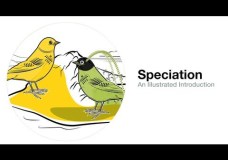
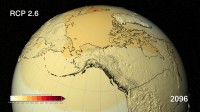
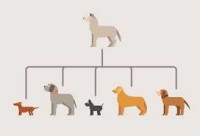

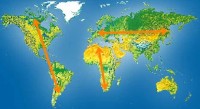

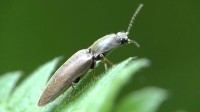
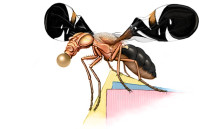

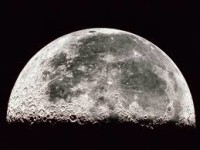
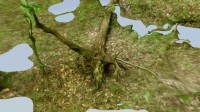
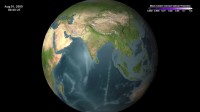

Recent Comments